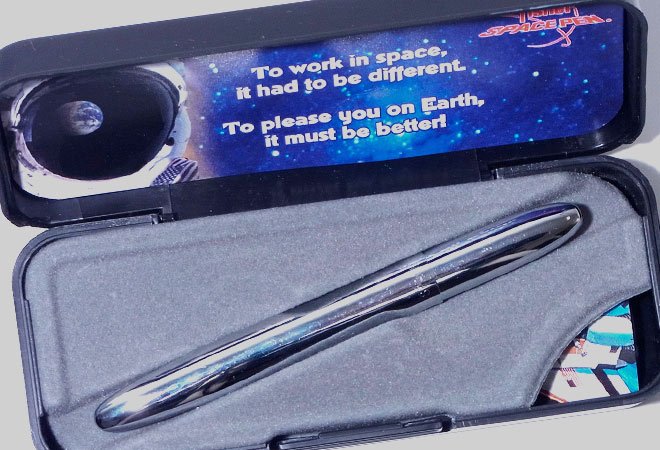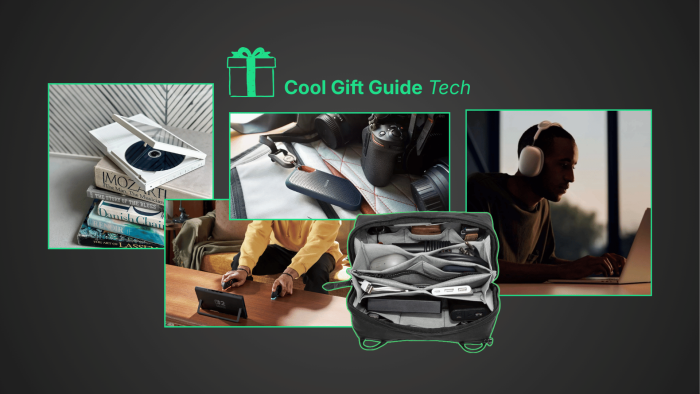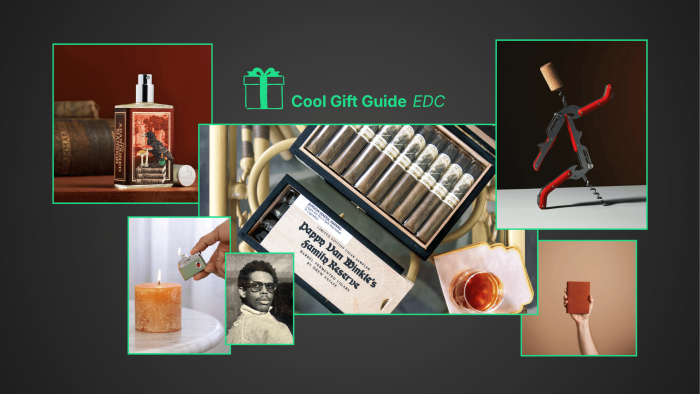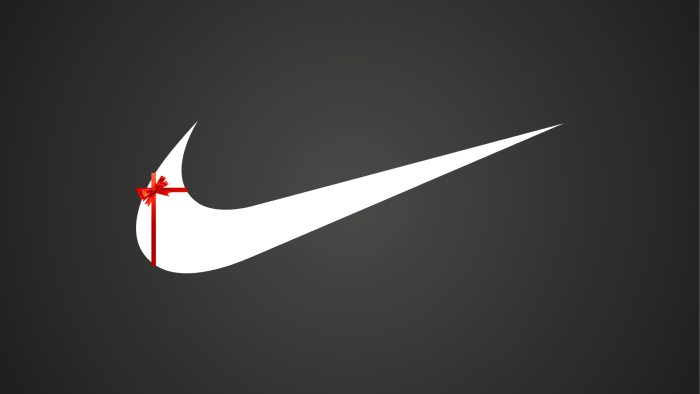You know that age-old saying, “Necessity is the mother of invention?” Well, it’s 100 percent true. Every single successful invention from the beginning of time came as an answer to some kind of question or problem. The wheel, paper, highway systems—all these things were invented by men and women who observed a problem, and sought a solution. And such is also the case with one of our favorite and lesser-known modern marvels, the Space Pen. Though the phrase is about as novel and goofy as the “decoder ring,” the Space Pen is a truly magnificent writing instrument with a fascinating history:
NASA and the $129 Pencil
No, this isn’t the name of a children’s novel, nor is it the third act of a quirky Wes Anderson film. As it should turn out, astronauts, like non-astronauts, sometimes need to write things down—especially in the 1960s, when the invention of the smart phone was a mere flicker in young Steve Jobs’ eye. And back then, pencils were the only writing utensils that could stand up to the zero-gravity extreme climate of deep space. So, NASA contracted Tycam Engineering Manufacturing, Inc., out of Houston, Texas, to handle the job. But at a rate of $4,382.50 per package of 34 (a staggering $128.89 per pencil), many felt the Tycam Engineering Manufacturing pencils were far too extravagant.

Enter Paul Fisher
NASA’s pencil problem made its way to the desk of Boulder City, Nev., pen manufacturer Paul C. Fisher, who decided to have a crack at doing things a little differently. Fisher and the design team at Fisher Pen Co. came up with Fisher AG7, an “anti gravity” ballpoint pen that could write anywhere and everywhere—underwater, on greasy surfaces, in zero gravity, and in temperatures as low as -50 degrees Fahrenheit and as high as 400 degrees Fahrenheit (We have no idea why—maybe it was so that, should a rocket accidentally spiral into the sun, at least the experience would make for a good “Dear Diary” entry?).
Anyway, the truly remarkable thing about Fisher’s Space Pen was that he developed it without any NASA funding. The company invested roughly $1 million of its own money into developing the AG7, which became wildly popular. In 1967, NASA agreed to purchase a batch of 400 AG7’s—at $6 per pen. And in 1969, the Soviets also purchased 100 of Fisher’s Space Pens for their Soyuz space flight team.
The Secret in the Sauce
So how did Fisher do it? Well, it’s actually quite simple. The answer is nitrogen. Yeah, the same stuff that composes 80 percent of our air and flash-froze Han Solo in Star Wars is the same stuff that allowed astronauts to write upside down in space. Fisher discovered that by pressuring each ink cartridge with nitrogen gas, it made them infinitely more versatile. The trick, however, was getting the ink to flow when Fisher wanted it to and stop when he didn’t. It took some time, but Fisher and his dedicated crew worked out the kinks and released the world’s most innovative writing utensil.

Space Pens on Earth
Pay attention, because this is our favorite part of the story: Since the invention of the original AG7 (which stands for “Anti Gravity,” by the way) for use in space, Fisher Space Pens have blown up and become staples in work areas, warehouses, and jobsites all over the world, and have even been used by U.S. Presidents.
But how?
Well, remember that thing we said about Fisher not receiving funding from NASA? It allowed him to self-patent his invention, and continue selling his innovative products to the public for profit. BOOM!
Today, Fisher Space Pen Co. offers dozens of different versions of the Space Pen for all different occasions (literally everything from breast cancer awareness to St. Patrick’s Day), and there are hundreds of imitators out there who’ve created their own version of the innovative “space pen” (and still utilize Fisher’s patented nitrogen cartridge).
But regardless of how you spin it, there’s only one Fisher Space Pen.




